- Know
about five delicacies made during Gudi Padwa and what all goes into making
them.
Festivals in India celebrate all that Nature provides. They are linked to nature’s cycle of seasons, each festival marks the onset of a new beginning.
“It indicates the celebration of the first day of the Hindu New Year called Gudi Padva or Dhwajaropan Day which falls on the first day of the month of Chaitra and is regarded to be very auspicious. Usually it comes in the month of March-April.).”
Also read Significance
of Gudi Padwa and Mopin
is the harvest festival of Arunachal Pradesh
Gudi
Padwa marks the beginning of the harvest season and is celebrated with much
fervour in Maharashtra. While Konkanis celebrate it as Samvatsar Amvatsar Padvo, the Andhras, Chitrapur and Gaud
Saraswats call the New Hindu Year Ugadi,
meaning the beginning of the yuga.
Dominated
by the season flavour, a typical Maharashtrian plate is very simple yet
colourful. A number of typically traditional delicacies are prepared in a
Maharashtrian home to celebrate Gudi Padwa.
1. Shrikhand
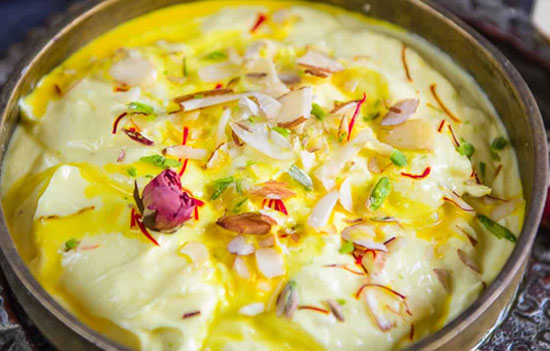
Tasty
and easy Shrikhand or Amrakhand is the most dominant dish found in almost all
homes in Maharashtra on Gudi Padwa day. Summer knocking, this indeed adds
coolness to the taste buds. Traditionally shrikhand is made using hung curd
(also known as Chakka in Marathi), a
homemade yogurt that is drained of any whey.
But
today homemade yogurt is sometimes substituted with Greek Yogurt. Simple
looking, it suddenly becomes a creamy, stunning pudding once you flavour it
with Kesar elaichi (Saffron Cardamom). Since Gudi Padwa falls during the mango
fruit season, many homes add fresh mango pulp to this shrikhand and WHOA!
Shrikhand becomes Amrakhand. One
serving of shrikhand made with hung curd is packed with 20% protein and over
30% of calcium.
2. Puranpoli
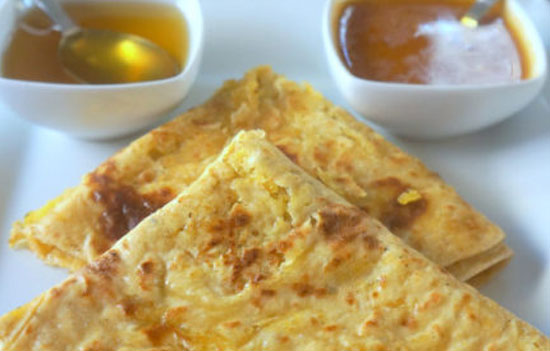
One
of the most famous and sweet delicacies of Maharashtra is Puran Poli.
This
unleavened flatbread is prepared with refined flour and rolled out with a
filling of cooked and mashed chana dal with the goodness of jaggery. Puran
polis literally float in lots of ghee and simply melt in your mouth.
3. Neem Chutney
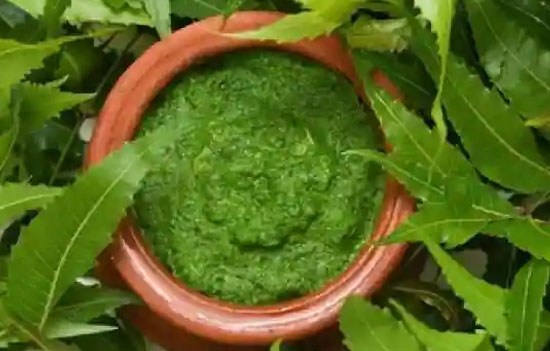
It
is mandatory to begin the day with neem leaves. Not only bathing with neem
water, neem leaves are pounded to make a chutney. Neem leaves being bitter, it
is impossible to consume this chutney if not for adding a bit of Jaggery.
Since we face extreme heat, it is believed to purify the blood and strengthen the body's immune system. In a deeper sense it signifies control over our senses. Medicinally speaking neem leaves have antibacterial, anti-inflammatory and antifungal properties.
Also read Neem
tree is a remedy for many ailments and Sacred
Plants of India
4. Raw Mango Dal (Waatli Dal or Kairichi Dal)
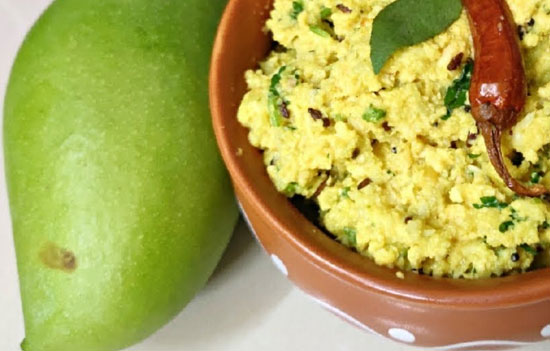
Since
this is typically mango season Gudi padwa is incomplete without the presence of
Mango. Prepared with cooked Bengal gram or chana Dal, Raw Mango or Kairi is grated to be mixed with the
dal. It is seasoned with mustard seeds, curry leaves, turmeric, hing
(asafoetida), grated coconut and coriander. It leaves our taste buds with a
lingering sweet and tangy taste.
5.
Kothimbir Wadi
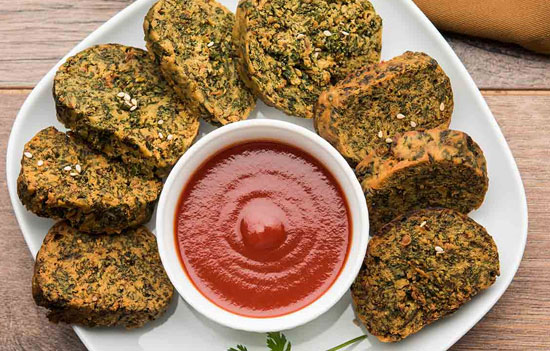
Another
Maharashtrian delight, Kothimbir Vadi are crispy fritters.
Coriander
leaves or Kothimbir in Marathi are first steamed. It is then mixed with besan
or gram flour, dhaniya or coriander power, jeera or cumin seeds powder,
turmeric and chilli powder. Making small tikkis (croquettes), these are fried
and then tossed in seasonings and spices.
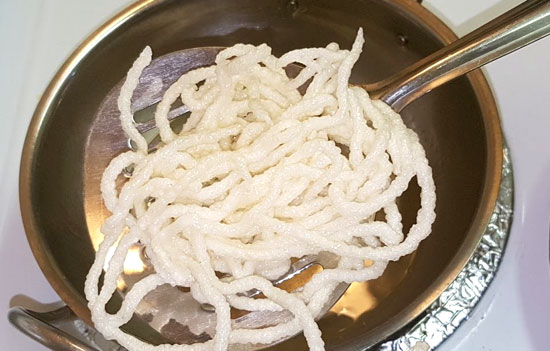 Kurdai
Kurdai
Apart
from these, Kurdai (summer special snack that looks like SEV-made from soaked
wheat and drying the dough in the summer heat), salads, Lentil or tomato soup,
Masala Bhaat or Rice with pickles, papads, complete the yummy Gudi Padwa meal!
Also read
1.
To read all
articles on Indian Festivals
2.
April
13, 14 is Indigenous New Year across Asia
3.
Five
delicious Bihu festival recipes
4.
Good
article on Ugadi, Gudi Padwa and Mopin harvest festivals